Step by Step Guide to Starting Your TikTok Shop
TikTok has rapidly emerged as a significant player in the social media landscape, particularly noted for its unique, short-form video content. Its influence has grown tremendously, capturing the attention of diverse demographics globally. This makes it especially important for businesses, particularly in the realm of e-commerce. Companies can leverage TikTok’s massive user base and engaging format to effectively market their products and services.
Our blog will offer a comprehensive guide on setting up a TikTok shop, a feature that enables businesses to sell products directly through the platform. We’ll also delve into how to use app store integrations to enhance the functionality and user experience of your TikTok shop, providing practical steps and tips to effectively utilize these tools for business growth and customer engagement.
Section 1: Getting Started with Your TikTok Shop

Understanding TikTok Shop
TikTok Shop is a feature allowing businesses to sell directly on TikTok, offering great exposure to a young audience. To set up a shop, businesses must meet certain criteria, including follower count and adherence to TikTok’s guidelines.
Some general requirements include:
- A minimum of 1,000 followers on your TikTok account.
- At least 50 video views within the last 28 days
- Be at least 18 years old
Setting Up Your TikTok Shop
To set up a TikTok Shop, you’ll need to follow specific requirements and steps, which can vary depending on your business type and location. Here’s a breakdown of what you need to do:

Section 2: Navigating Through TikTok Shop
Adding Products to Your Shop
Accessing Seller Central:
- Log into TikTok, tap the “Shop” icon, and select “Manage Products.”
- Choose “Add New Product” and fill in details: title, description, price, photos, shipping, and payment options.

Product Listing Best Practices:
- Use high-quality, clear images and engaging descriptions.
- Ensure accurate information and competitive pricing.
- For Shopify users, sync your product catalog to TikTok for seamless integration.
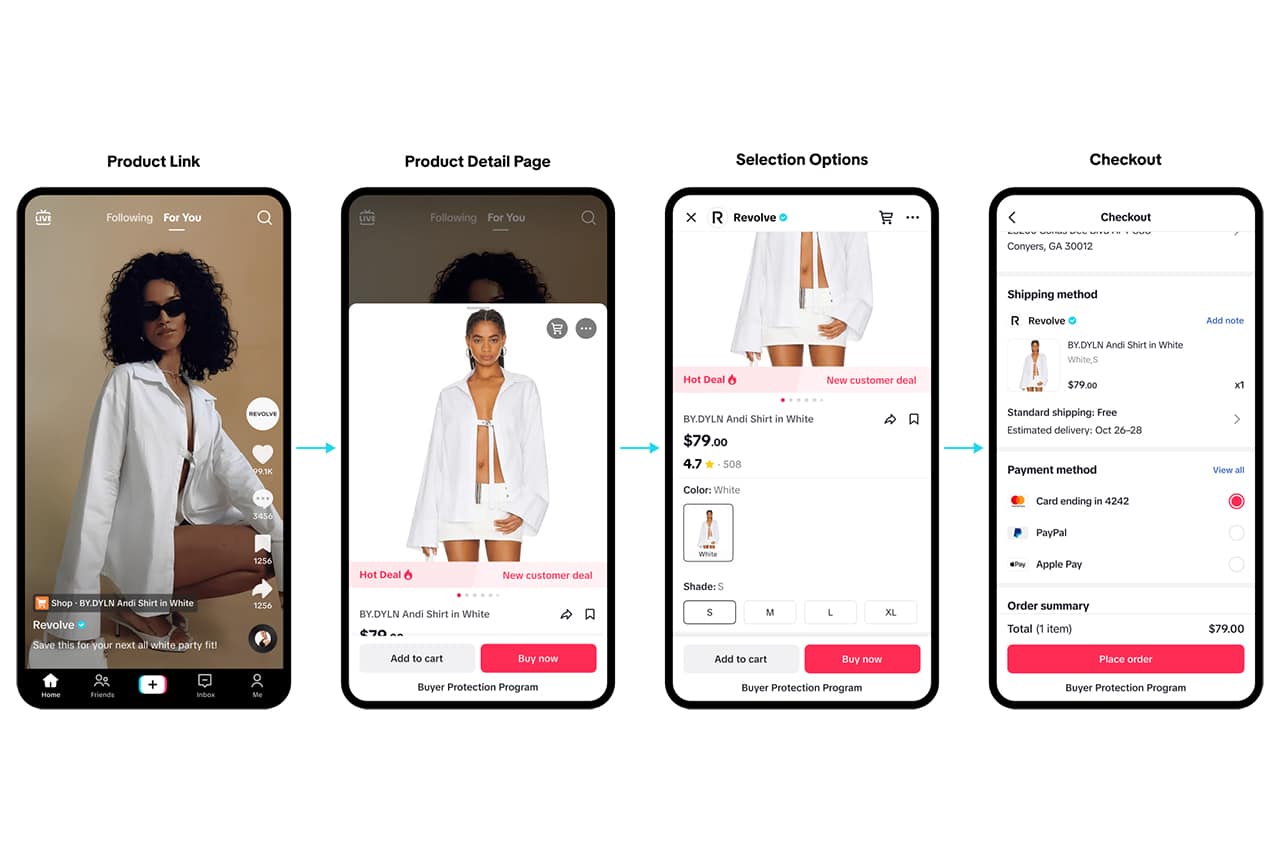
Bulk Upload Feature:
- Batch upload is possible with a limit of 50 items per batch.
- Use the TikTok Shop’s Seller Center for bulk upload, filling out the required template.
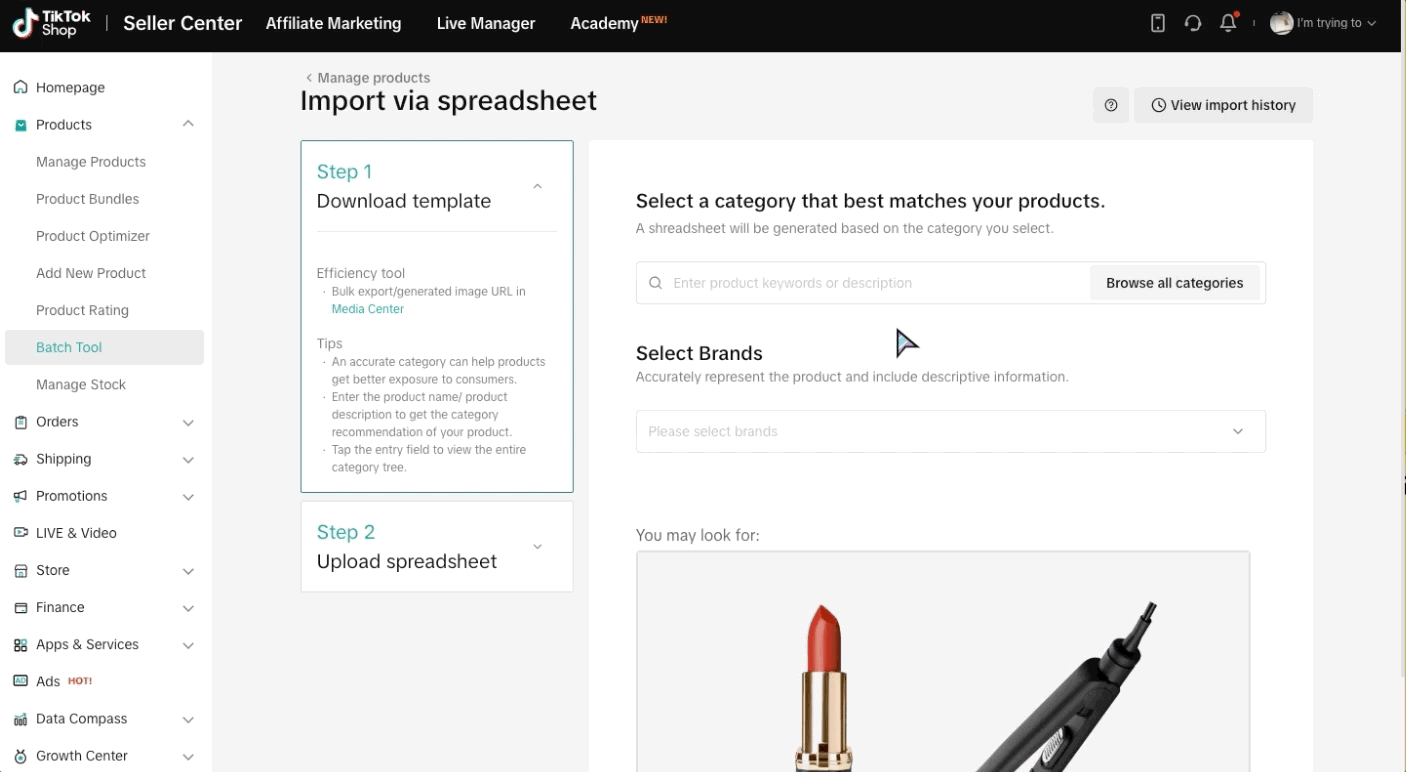
Managing Orders and Customer Interaction
Order Management:
- Once products are listed, orders can be managed through TikTok Shop Seller Central.
- TikTok handles the fulfillment process, including providing pickup addresses for products.
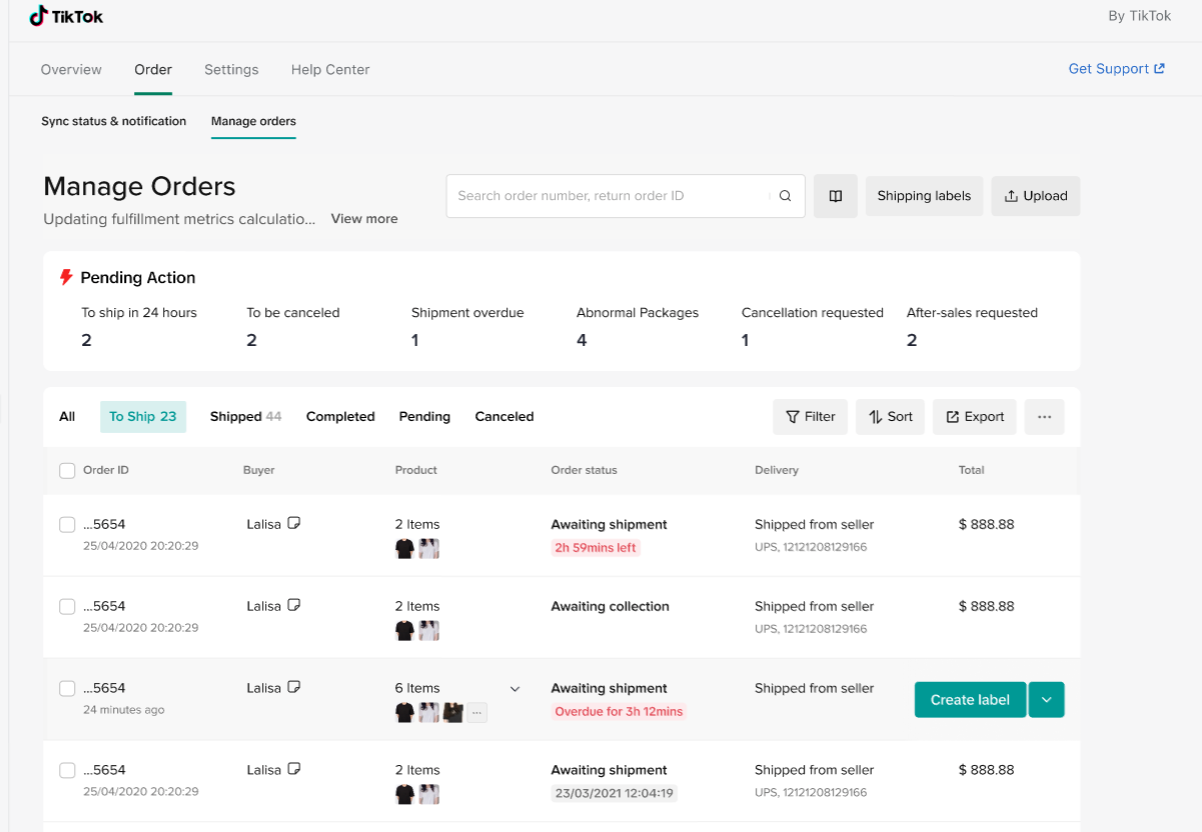
Customer Service Tips:
- Engage with customers and respond promptly to inquiries.
- Use TikTok Live to communicate and connect with followers.
- Monitor and adapt to customer feedback and trends.
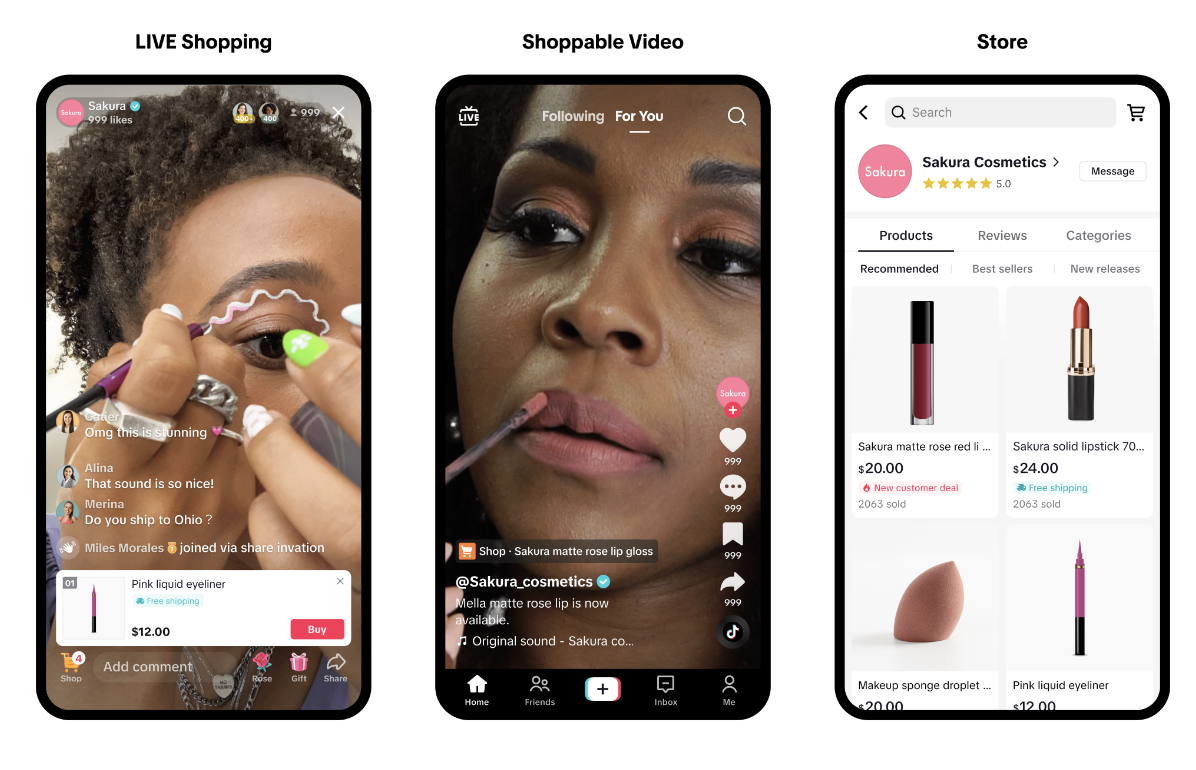
Promotion Strategies:
- Create content with direct links to products in TikTok or TikTok LIVE.
- Utilize unboxing videos, product demos, and Q&A sessions to showcase products.
- Consider paid ads via TikTok Shop Ads for targeted promotion.

Popular Integrations and Their Benefits
- Shopify Integration: Streamline product listing and inventory management between your Shopify store and TikTok Shop.
Consider using TokSync, our affordable and simple integration for connecting Amazon MCF, Shopify, and ShipStation to TikTok Shops both in the US and the UK.

- Analytics Tools: Use apps like Google Analytics to gain insights into customer behavior and preferences.
- Marketing Automation: Apps like Mailchimp can help automate your email marketing campaigns, targeting TikTok customers.
Starting your TikTok Shop can feel overwhelming. Our hope is that this guide helped you get the basics of what you’ll need to succeed in the online marketplace!
If you want to follow more blogs check out the links below! We also have a free E-book that gives greater detail on the technical aspects of Data Integration!

“Taking the busyness out of business“
OUR SOCIALS
A REST API (Representational State Transfer Application Programming Interface)

Free E-book
Check out our free E-book for more info below!
A REST API (Representational State Transfer Application Programming Interface)
More Blog Content!
- Time Saving eCommerce Hack 2025Wrapping Up Our 2024 Year Time Saving eCommerce Hack 2025 Whether you’re running an eCommerce store, managing inventory, or handling complex workflows, the systems… Read more: Time Saving eCommerce Hack 2025
- Out of the Box Versus Custom IntegrationWrapping Up Our 2024 Year Out of the Box Versus Custom Integration Integration is key to keeping your business operations smooth and efficient. Whether… Read more: Out of the Box Versus Custom Integration
- Wrapping Up Our 2024 YearWishing You a Joyful Holiday Season from DataAutomation…

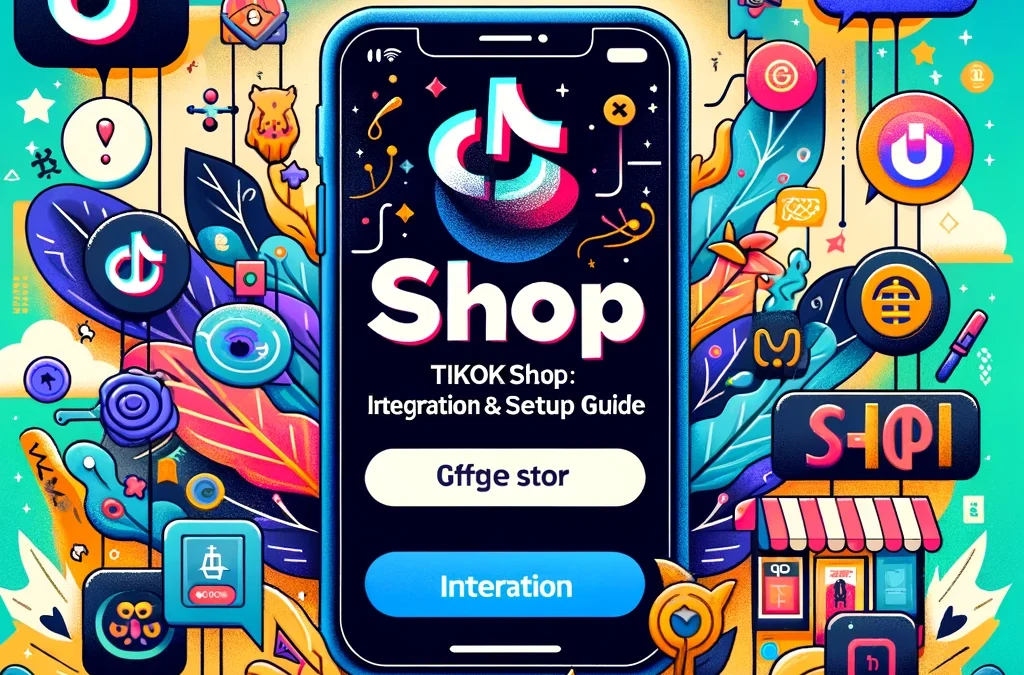
Recent Comments